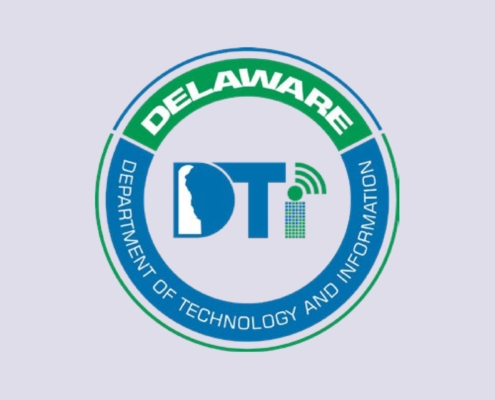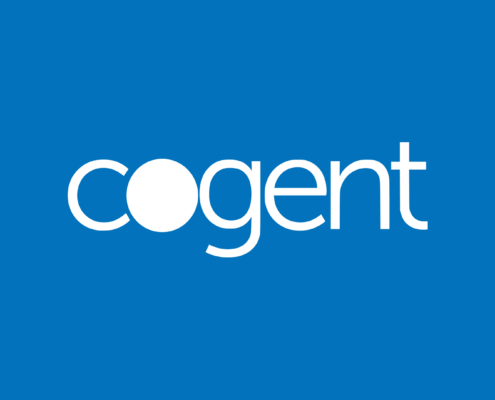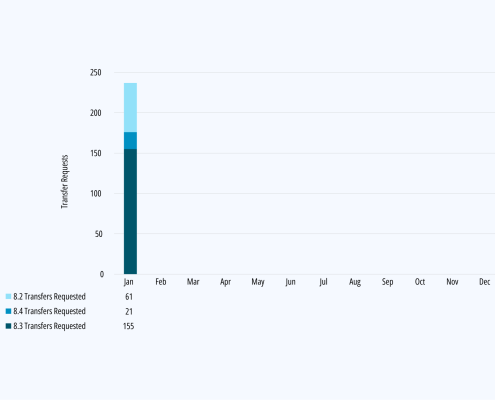Posts

BEAD Funding Update: The Delaware Broadband Initiative
BEAD NewsSeptember 2024 update on Delaware's Broadband Initiative: a $107 million federal funding program for universal high-speed Internet.
Shifting Landscape of the IPv4 Transfer Market
IPv4 BlogThe IPv4 market has bounced back to 142 transfer requests in August 2024, which is right in line with this year’s average of 143 per month. Last month’s demand indicated an increase of +12% over July and a whopping +25% over June. With even better news, the 143 average is still up +5% over the average of 2022 and 2023.
Where is IPv4 Availability Heading as we Close Out 2024?
IPv4 BlogOn average, the 143 requests in 2024 surpass the average 137 between 2022 and 2023, showing signs of stability and possible growth
Recent -20% Dip in Demand Creates IPv4 Buying Opportunity
IPv4 BlogThere has been significant dip in IPv4 transfer requests. In June of 2024, request dropped -20% to 113 as compared to the month prior at 142. This yeas average has dropped to around 146 transfer requests per month, so June fell short around -22%.
Comparing Value of IPv4 & Bitcoin, the Rarest Asset Classes
IPv4 BlogSimilar to Bitcoin, IPv4 addresses continue to remain some of the rarest and most valuable asset classes in the world. However, unlike other physical resources that are considered “rare” such as gold & diamonds, these digital assets share a unique quality....
 2024
2024IPv4 Addresses Validated as a Valuable Asset Class
IPv4 BlogApril IPv4 transfer requests were 163, which is +7% higher than this year’s average of 150 requests per month. Better off, April is a +13% increase over the 141 averages in 2023 and a +18% increase over the 134 averages in 2022.
 2024
2024Cogent Offers $206 Million in Secured Notes Backed by IPv4
IPv4 BlogCogent Communications (NASDAQ: CCOI), a leading global internet service provider, announced on April 25th 2024 a groundbreaking securitization offering. This move will see Cogent utilizing a significant portion of its IPv4 address space to issue up to $206,000,000 in securitized notes.

Is IPv4 Availability Becoming Scarce in 2024?
IPv4 BlogIn recent years, the IPv4 market has been on a relentless upward trajectory, defying expectations, and confounding skeptics. Despite occasional setbacks and bouts of volatility, the overall trend has been undeniably bullish. What is driving this sustained optimism, and what does it mean for the network infrastructure industry?

IPv4 Demand Stability Leading to Increased Activity
IPv4 BlogLike any healthy and predictable market cycle, IPv4 demand continues to remain steady. This consistency further promotes the notion of a stable market since there was no serious fluctuation in either direction.

Amazon Web Services (AWS) BYOIP Price Increase 2024
IPv4 BlogAmazon begins charging $6,387 per /24 per month for use of BYOIP (Bring Your Own IP) on AWS (Amazon Web Services).